Wang ze world coffee brewing competition Chinese translation barista brewing competition previous champions
It's been a month since the 2017 World Coffee Brewing Competition, and a lot of friends are backstage asking champion Wang Ce for his lines (and Chinese translation), so to make a long story short, here it comes.
This article due to technical reasons can not be attached to the game video, if you need to refer to Tencent video search: Wang Ce game.
The pictures in this article were taken at the Budapest World Games. Please do not use them without permission. Please contact the backstage for reprinting. Thank you.
Chinese translation
Welcome, judges. I'm Chad. Throughout the last year, my perception of coffee has changed a lot by constantly tasting different coffees. I realized that our coffee is actually made up of pieces of memory. So today, I want to connect coffee, barista, and customer. First of all, please let me warm the glasses for the guests with hot water. Now, I would like to invite you to open your memories and new horizons. Let's start with batch #227, which I picked out for you from over 300 coffee beans on the Panama Cup table last month.
90+ Château de Crescencia is located in Panama's Volcan, a place called Silla de Pando. Of the 183 hectares, more than a third are wild tall shade trees. The 1800-meter altitude makes it hot during the day, but at night it drops because of the humid Pacific Ocean breeze. The temperature difference between day and night can range from 8 degrees Celsius to 30 degrees Celsius, and the humidity can reach 80%. Microclimate conditions produce good coffee fruit. This beautiful land makes life more lush and vibrant, not just for coffee, but for more than 200 coffee workers and their families.
Here's your card. Ladies first. Judges, I'll keep you informed, and I hope you'll relax and enjoy my performance without taking notes. The card in front of you can be taken back backstage as a reference.
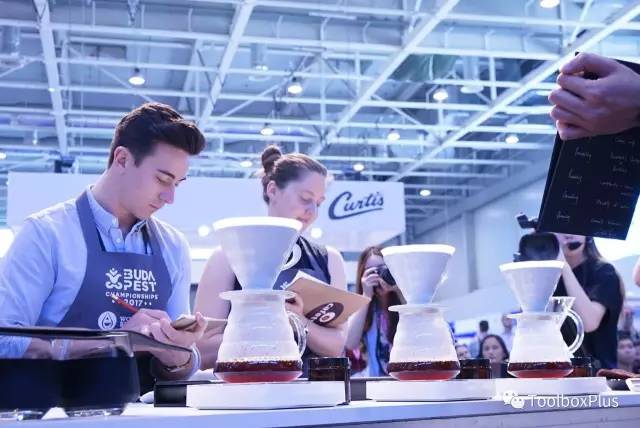
In mid-March this year, 227 batches of purple ripe coffee fruits were picked by hand one by one. Then put it in a glass box and store it in a dark room with a constant low temperature for fermentation. Then, a single layer is tiled and dried slowly for 21 days in the "Blue Room" (a processing room named after the baby of the founder of 90 + Joseph Brodsky). This is a new way to deal with it, but what does it have to do with today? Imagine that for a "clean" cup of coffee, workers have to pick fresh fruit of the same color, and then the fermentation process breaks down the sugar into lactic acid and aroma ester molecules, which will be a "pineapple-like acid" in your mouth. The coffee processing information of the place of origin is important, but it is only valuable when I, as a barista, associate this information with you and this cup of coffee.
Our connection starts with baking. My baker Yu Qing baked my race beans in Budapest. The baking date is three days ago, it takes 9 minutes and 20 seconds, and the Agtron color value is 70-87. This baking curve gives this coffee a honey-like sweetness and rich layering.
As a coffee brewer, I will find the best way to brew each cup of coffee. Today, I chose the ceramic V60 filter cup because it has a good heat preservation effect and makes the coffee more acidic from hot to cold, making this cup of coffee more refined. I use filter paper to make the taste clean, and wet the paper in the background to lower the temperature of my V60 to room temperature, while the cold ceramic material can enhance the aroma intensity. This is our second connection today.
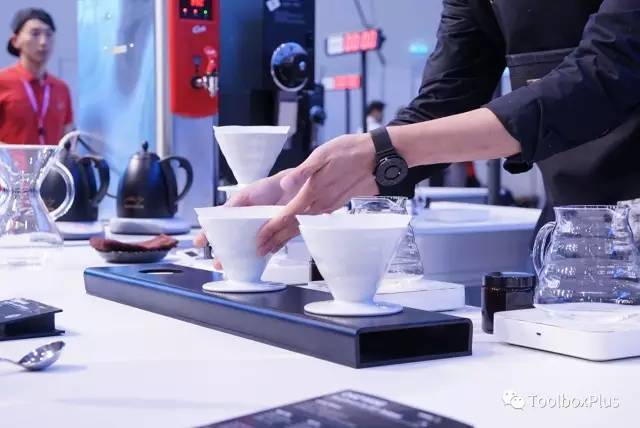
I put the ground coffee powder in this black glass jar to reduce the oxidation caused by air contact and sunlight. Today, I will use 15 grams of coffee, 250 milliliters of water, and finally get 220 milliliters of coffee liquid. And, I used a relatively fine degree of grinding, you can see the exact degree of grinding in front of the card. This method increases the thickness of alcohol. I also brought my own cooking water, which was filtered out of impurities and added magnesium to increase sweetness. The TDS value of the water is 70 and the PH value is 6.8. It brings a soft touch and a clean finish to my coffee.
The temperature of boiling water is set to 93 degrees Celsius, which means that the actual temperature of water injection is 92 degrees Celsius-the ideal density and power for my coffee beans. To put it more clearly, the flow direction of the bubbles in the water and the weight of the water will affect the extraction. According to the baking time, I will steam for 30 seconds to increase the sweet and sour taste of this cup of coffee. After steaming, I will steadily inject water into the middle to prevent unnecessary subdivision mixing.
Both kettles are filled with water to keep the temperature stable. I will make three pots at the same time so that I can bring coffee to the three of you at the same time.
My total extraction time is 2 minutes, and the target TDS is 1.42, which makes my coffee cleaner and stronger in aroma and flavor. While I cook for you, please listen to the music and relax and turn the menu to the back, which says all our links today.
Thank you for your patience. No matter how many times I make coffee, each time the flavor changes with the temperature, it makes me sigh the wonder of coffee, so here I will give you two sets of flavor information. First of all, please turn your menu over again and let me explain the flavor information when it is hot.
First is the aroma, you will smell melons, then mixed drupe aromas, such as apricots, peaches, then sweet cream caramel, and finally hibiscus flowers.
In the flavor, you will also get strong melons, followed by white peaches, fresh orange blossoms, followed by sweet dark caramel.
Yuyun, first of all, is the strange kiwifruit, then the banana liqueur, and finally the tail of pink grapefruit.
Please take a closer look at these three coffee powder walls. Each cup is washed to the same height. I used 15 grams of coffee powder, the powder wall is 7cm high and 4cm thick, balancing the acid and alcohol thickness. Next, let's start tasting, and this is our third link today.
Please refer to the information on the card, which has drinking instructions. First of all, I will serve you, directly from the sharing pot taste wet aroma. Please take your time and I will take this opportunity to prepare your cup.

Please use a cup spoon to taste the flavor and acidity, and then drink directly from the cup to taste the alcohol thickness and aftertaste. Because you will drink directly from the cup, I use hot water and towels to create a closed heat preservation system so that the mouth of the cup is warm when you drink it.
When the temperature drops, there will be more tropical fruits in the flavor, such as mango.
Yuyun also began to turn into sweeter citrus fruits, such as blood oranges.
Acid, on the other hand, is of medium to high strength, which at first looks like the acidity of a peach and then becomes a brighter pineapple.
Medium mellow, smooth, syrup-like texture.
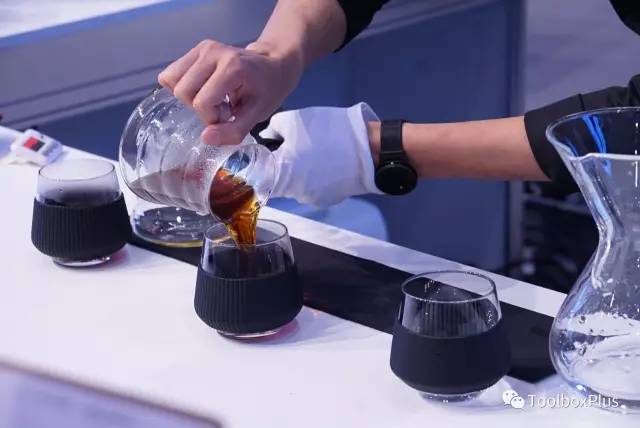
All in all, this coffee is elegant, rich and layered, while at the same time clean and clear. I think it's really great, so judges, in addition to grading, please let yourself enjoy this beautiful cup of coffee.
My show is coming to an end, and I want to tell you what coffee really means to me-link. As a barista, it is not enough to make a cup of coffee, the important thing is how to connect the relationship if we perceive it. It's a pleasure to make coffee for you today. I'm Chad.
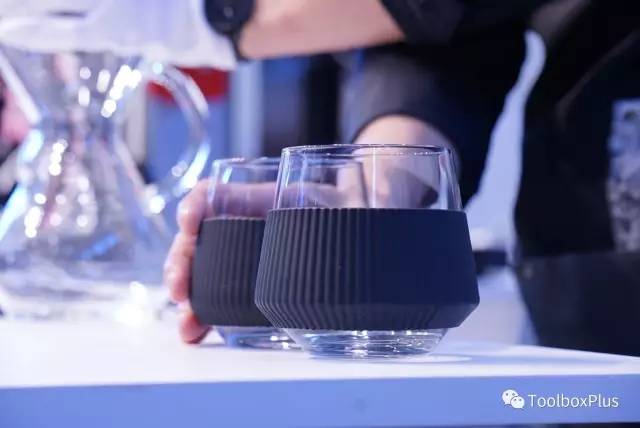
Original text
English
Judges, a very warm welcome. I don't know. 39% Chad. My perception of coffee was changed last year through opportunities in tasting. That's when I realized how "memory" makes up our coffee. Today I wish to connect the coffee, the barista and the guest. First I warm the cups for my guests with hot water. Now I invite you to open up your perception into memory and new horizons. We begin with # 227, the coffee I picked for you, out of 300 coffees on a coffee table in Panama last month.
The NP Gesha Estate is located in Volcan, Silla de Pando. Its 182 hectares with over 1/3 coverage of tall wild shade. It's hot in the day due to the high altitude of 1800 meters, and cold in the night from the mist of the Pacific Ocean. Temperatures range from 8-30 degrees, with humidity of 80% Conditions produce superior cherries. Life flourishes on this beautiful land, where 200 pickers and their families call home.
And here are your menus. Judges Illustrated be giving you information today, but please don't rush to make notes. You may take the menu backstage to compare later, for these ten minuets please enjoy my presentation.
For my coffee, purple gesha cherries from lot 227 were hand picked in mid January. Fermented in a glass box under constant low temperature in the dark room. Dried on a single layer slowly for 21 days in the blue room. A new processing, but why is this relevant. Please imagine that picking of the uniform colored cherries ensures a "clean cup", and fermentation breaking down sugar to produce lactic acid and aromatic ester compounds which you will taste as "pineapple acidity". Processing information are valuable to producers of course, but I believe that it's only relevant to the guests, if the barista help you connect and relate to the cup that your served.
Our connection begins with roasting, my roaster Yu Qing roasted the coffee right here in Budapest. She roasted 3 days ago, to Agtron 70-87 for 9:20. The profile gives "honey-like" sweetness and complexity of the cup.
As a brewer, I search for the best brew method for each and every coffee. I chose the ceramic V60 today because it's temperature stable and high lighted a "dynamic acidity" from hot to cold, making my brew more sophisticated. I use filter papjr for clarity in the cup, and I pre-wet the paper backstage, allowed my V60 to cool to room temperature. Brewing on cool ceramic enhances the "intensity in aroma". This is our second connection.
I sealed my ground coffee in this dark glass bottle to reduce oxidation of light and air exposure. And my recipe for today, 15 grams of ground coffee, 250ml of water, to brew 220ml of beverage. I don't know. 39% using fine grind and you can see the grind size on the menu. This increases the "viscosity" of the body. I also brought my own water, it was filtered to remove impurities and add magnesium for natural sweetness. It's 70 TDS, pH 6.8 and it gives my brew a soft mouth feel and clean finish.
Temperatures were set at 93 degrees which means the pouring temperature is 92 for optimum density and kinetics. By this I mean the movement of bubbles, and the weight of the water which affects the extraction. I pre-infuse for 30 seconds to enhance the sweet acidity for this roast date.
After pre-infusion I pour steadily down the center to avoid any unnecessary turbulence with fine grind.
Both kettles are full of water for stability in temperature. I brew three at once so I serve at the same time.
My total time will be 2 minutes for clean cup, target TDS 1.42 for intensity in aroma and flavour. While I brew, please turn the menu over, you'll find a summary of our connections today. Relax and enjoy the music.
Thank you for waiting. It never ceases to amaze me how coffee changes with temperature, thus I give you two profiles for this coffee. Let's go through the cup profile for when the coffee is hot whilst referring to your menu. Please turn your menu again.
In the aroma you first find melon, followed by mixed stone fruits like peach, apricot, sweet butterscotch caramel, with hibiscus in the end.
The flavour is overwhelming with melon, followed by white peach, fresh orange blossom, dark honey finish.
The aftertaste is exotic kiwi fruit first, which turns to banana liqueur and pink grapefruit finish.
Please take a moment to observe the coffee packs, to see that all the heights are the same for consistency. I used 15g of coffee for my coffee pack to be 7cm, with a 4cm triangular solid cone to balance the acidity and body. Let's move on to tasting, our third connection.
Please refer to the instruction on the menu, I will serve the carafe for you to assess aroma. Please, you can take the carafe for swirl. Thank you for waiting.
Moving on.
When assessing flavour and acidity, please use your cupping spoons. For body and aftertaste, please drink directly from the cup.
Because you'll be drinking from the cup, so I created a closed thermo-system with hot water and cloth, the rims will be warm for you to sip.
When the coffee is warm, you will find more tropical fruits like mango.
Aftertaste, more sweet citrus fruits like blood orange.
Acidity, medium-high intensity, sweet like peach first, and turns bright to vibrant pineapple.
Body, medium intensity, syrupy and smooth texture.
Overall, this very sophisticated cup, fruity and rich when hot, clean and transparent when warm. Judges, this coffee is so good, so amazing. Apart from evaluation judges, please enjoy it.
And as we come to an end, Illustrated 39th like to leave you with a thought of what drinking filter coffee really means for me. Connection. A good barista doesn't just make good coffee, we sense and we connect. It was a pleasure to brew for you. I am Chad.
Time
Important Notice :
前街咖啡 FrontStreet Coffee has moved to new addredd:
FrontStreet Coffee Address: 315,Donghua East Road,GuangZhou
Tel:020 38364473
- Prev
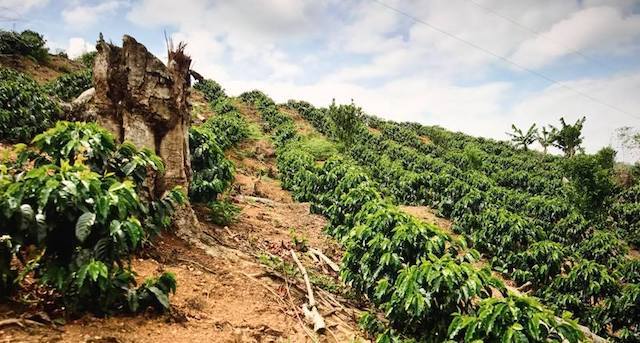
What is organic coffee? Is it safer and more delicious?
Professional barista communication Please follow the coffee workshop (Wechat official account cafe_style) according to years of experience, people who ask such questions may not necessarily what is organic coffee? What they really care about is whether organic coffee is safer and tastier. So I'd like to talk a lot about organic coffee. 1. What is organic coffee and what is organic? 2 、
- Next
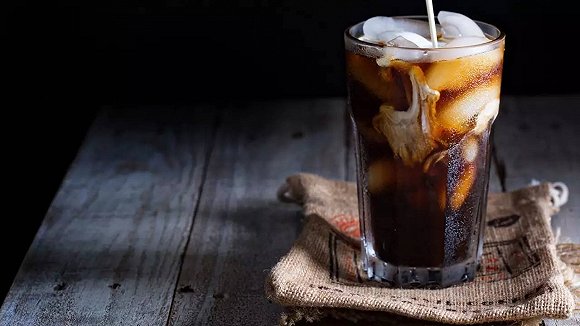
Xiaobai can also understand the difference between hot coffee, iced coffee, iced coffee and cold coffee.
Communication of professional baristas follow the hot summer days in the coffee workshop (official Wechat account cafe_style). As coffee controllers become more and more dissatisfied with hot coffee, whether it's packaged coffee drinks or homemade coffee, cold coffee is gradually attracting people's attention. So how to distinguish between iced coffee, ice droplet and cold coffee? Let's start with coffee. Baked coffee
Related
- Beginners will see the "Coffee pull flower" guide!
- What is the difference between ice blog purified milk and ordinary milk coffee?
- Why is the Philippines the largest producer of crops in Liberia?
- For coffee extraction, should the fine powder be retained?
- How does extracted espresso fill pressed powder? How much strength does it take to press the powder?
- How to make jasmine cold extract coffee? Is the jasmine + latte good?
- Will this little toy really make the coffee taste better? How does Lily Drip affect coffee extraction?
- Will the action of slapping the filter cup also affect coffee extraction?
- What's the difference between powder-to-water ratio and powder-to-liquid ratio?
- What is the Ethiopian local species? What does it have to do with Heirloom native species?

